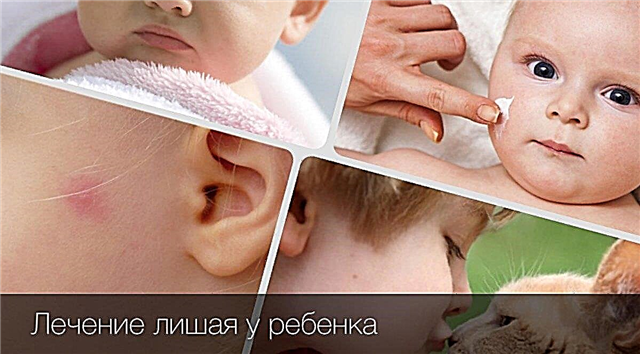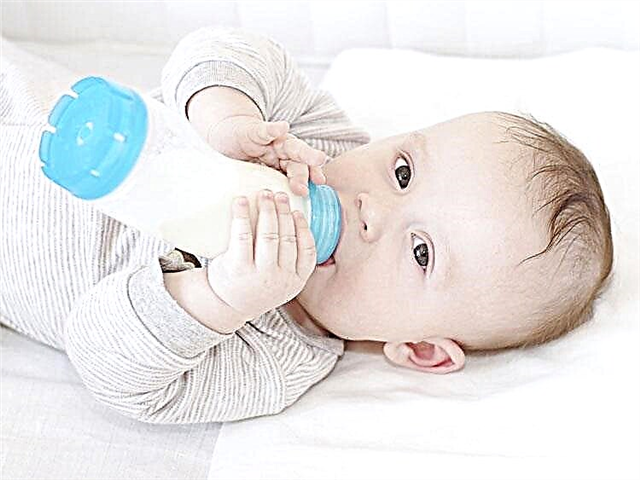Adults know that the head hurts in different ways. Each location of pain has its own causes and accompanying symptoms. When a child's forehead hurts, you need to understand the reasons, because a headache often indicates the presence of a serious illness.

Headache
Causes of headaches in a child's forehead
According to medical statistics, the vast majority of pain in the head is an independent process not associated with any pathology. Most often, schoolchildren have a headache. This condition is caused by nervous and mental strain. Also, soreness in the forehead area can develop due to stress, anxiety, and sleep disturbances.
Attention! Only 5% of all headaches are a secondary sign of a disease or developmental pathology.
Increased intracranial pressure
A popular diagnosis is high intracranial pressure (ICP), which unscrupulous doctors often use to blame everything that they cannot explain: sleep disturbances, and anxiety in the child, and walking on tiptoe.
In fact, when intracranial pressure rises, the child becomes not only inactive, he often cannot tear his head off the pillow. There are two ways to measure intracranial pressure, after which a diagnosis can be made with confidence:
- craniotomy using special sensors that are immersed in the ventricles of the brain;
- fundus studies, MRI and CT of the brain - the collected readings help to complete the picture by which it is possible to judge with a high probability an increase in ICP.
In order for the pressure inside the skull to increase, you need to increase the volume of some of the substances filling it:
- blood;
- cerebrospinal fluid;
- brain.
The reasons for the increase in brain volume can be:
- tumor growth;
- edema;
- trauma leading to the formation of a hematoma.
Important! The most common cause of severe headache that raises ICP is infectious meningitis.
Teething
Teething, while not a disease, can easily be the reason a child has a headache in the frontal area. It's not hard to explain this:
- Swelling of the jaw increases circulation and may affect the jaw or temporal nerve.
- Teething is often accompanied by a rise in temperature, which, in turn, leads to pain in the forehead area.
- Tearfulness, which is noted by all mothers of children during teething, is the most common cause of tension headaches.
Teething headaches are not the only problem in babies. Sometimes the replacement of temporary teeth with permanent ones occurs with a similar violation of the general condition of the child.
Infectious diseases
When a child has a headache in the forehead, and this is accompanied by symptoms typical of SARS, the pain is considered secondary. She, being a sign of the development of intoxication due to infection with a bacterial or viral infection, occurs simultaneously with:
- an increase in body temperature;
- the appearance of a sore throat;
- violation of nasal breathing;
- general weakness;
- loss of appetite.
Important! Often, the indication for the use of an antipyretic agent is not an increase in temperature, but a headache that arose against the background of an acute period of the disease.

SARS in a child
Brain concussion
Concussion is the most obvious cause of a child's forehead headache. As a result of trauma, the capillaries of the brain can be destroyed, which leads to a hematoma. She, forming edema, increases ICP. Signs of a concussion are:
- inhibited reaction;
- nausea due to dizziness;
- short-term loss of consciousness that occurred immediately after the injury.
In case of concussions, bed rest is required.
Tired eyes
If the baby spends most of the time in front of the screen, an immature children's organ of vision can make itself felt. Eye fatigue can cause intraocular pressure, which in turn affects the optic nerve along the frontal lobe. Especially often pain syndrome appears from the use of tablets and phones. Small screens located right in front of a child's nose put a tremendous strain on the organ of vision.
When to see a doctor urgently
If we talk about children in the first year of life, then the swelling of the fontanel should be an alarming symptom. If the soft part of the baby's crown is noticeably pulsating and inflating, an urgent need to call a doctor. This may indicate infectious meningitis or increased ICP.
If, against the background of ordinary acute respiratory viral infections, it is not possible to get rid of the headache with the use of pain relievers, you also need to call a doctor, because a decrease in the absorption of the drug and the lack of effect can indicate dehydration, which is deadly for children.
Attention! If the frontal part of the head hurts the cause of the child, the doctor should find out. Mom's task is not to think about why the head hurts, but about the need to immediately call a doctor. Headaches in young children cannot be ignored.

Doctor call
Disease detection methods
It is possible to suspect a respiratory infection in a baby not only by typical symptoms, but also as a result of an analysis of events preceding the disease. It can be:
- contact with the patient;
- visiting a crowded place (transport, shopping center, clinic);
- hypothermia while walking.
You can understand that a child's teeth are teething by the swollen gums. The entire jaw swells only if several teeth are cut in a row at once. Most often, only the part that surrounds the place of pecking of the tooth turns red and swells.
Interesting! When teething occurs, the temperature rarely rises above 37˚C.
How to help a child at home
Regardless of whether the child is sick with ARVI, or is teething, you can relieve pain with one of two over-the-counter drugs:
- Paracetamol;
- Ibuprofenone.
If the body temperature rises above 39˚C, the syrup may not bring the expected relief, because in this case the child has a significant difficulty in absorbing food from the stomach. The solution will be the use of rectal suppositories based on Ibuprofen or Paracetamol.
Non-drug methods of providing assistance include:
- providing rest;
- access to fresh air (open window);
- reducing the noise level in the room (turn off the TV, talk in an undertone);
- dimming bright light.
If the child complains of forehead pain, and the mother sees swollen gums in the upper jaw, you can apply cooling compresses from a wet tissue. It is placed on the baby's forehead. If the child knows how to eat ice cream, you can treat it to them. Under the influence of cold, the vessels of the oral cavity will narrow, which will significantly relieve swelling and relieve pain.
Preventive measures
Parents can instill in their child a love for fresh air. If the kid appreciates active games on the street more than computer games, he will get sick with seasonal colds much less often. Giving the opportunity to get acquainted with the world around them through bare feet on the grass and spanking in boots in puddles in the rain, parents do much more to strengthen the child's immunity than any immunomodulators from a pharmacy.
If the mother's rhythm of life does not allow to devote enough time to the child, and therefore she is forced from time to time to distract the baby with cartoons, it should be a large TV screen, at least 3 meters away from the child. The total screen time should tend to zero. It is considered safe to watch TV for no longer than 15 minutes in a row. A child must look at the screen in total for no longer than 2 hours a day.

Walk in the fresh air
Headaches are often caused by poor lifestyle choices. Emotional stress, being in a stuffy room, low physical activity - all these are factors that provoke headaches in both adults and children. Joint walks in the fresh air will save both of them from health problems.



